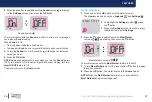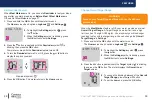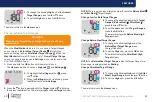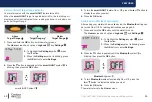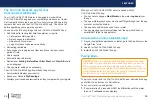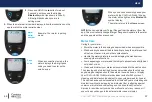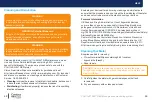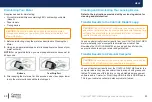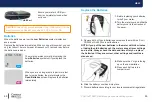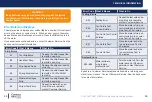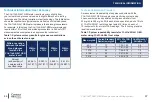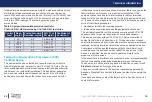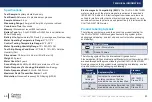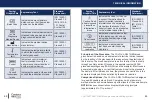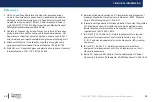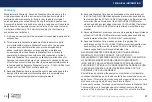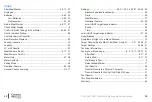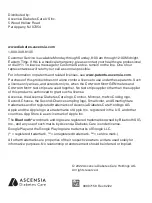
64
65
C
ontour
®
n
ext
GEN blood glucose monitoring system
TECHNICAL INFORMATION
References
1. US Food and Drug Administration. Use of fingerstick devices
on more than one person poses risk for transmitting bloodborne
pathogens: initial communication. US Department of Health and
Human Services; update 11/29/2010. http://wayback.archive-it.
org/7993/20170111013014/http://www.fda.gov/MedicalDevices/
Safety/AlertsandNotices/ucm224025.htm
2. Centers for Disease Control and Prevention. Infection Prevention
during Blood Glucose Monitoring and Insulin Administration. US
Department of Health and Human Services; update June 8, 2017.
http://www.cdc.gov/injectionsafety/blood-glucose-monitoring.html
3. Wickham NWR, et al. Unreliability of capillary blood glucose in
peripheral vascular disease. Practical Diabetes. 1986;3(2):100.
4. Atkin SH, et al. Fingerstick glucose determination in shock. Annals of
Internal Medicine. 1991;114(12):1020-1024.
5. American Diabetes Association. 2. Classification and diagnosis of
diabetes: Standards of medical care in diabetes—2020. Diabetes
Care. 2020;43(supplement 1):S14–S31.
6. International Organization for Standardization / Technical Committee
210. Medical devices—Symbols to be used with medical device
labels, labelling and information to be supplied—Part 1: General
requirements. ISO 15223-1:2016.
7. IEC 61010-2-101 Edition 3.0—Safety requirements for electrical
equipment for measurement, control and laboratory use—Part
2-101: Particular requirements for in vitro diagnostic (IVD) medical
equipment.
8. IEC 61010-1 Edition 3.1—Safety requirements for electrical
equipment for measurement, control, and laboratory use—Part 1:
General requirements.
9. Burtis CA, Ashwood ER, editors. Tietz Fundamentals of Clinical
Chemistry. 5th edition. Philadelphia, PA: WB Saunders Co; 2001;444.

